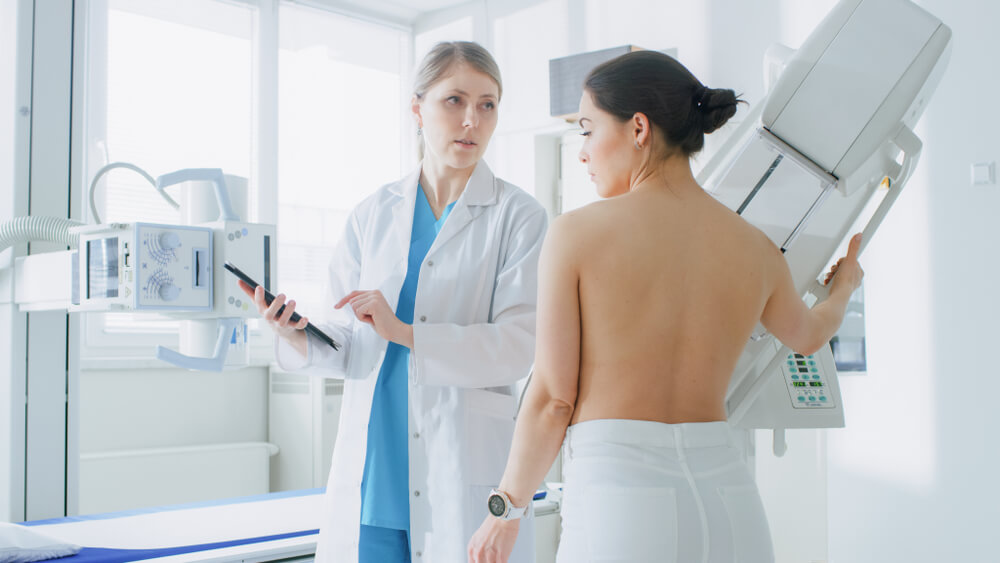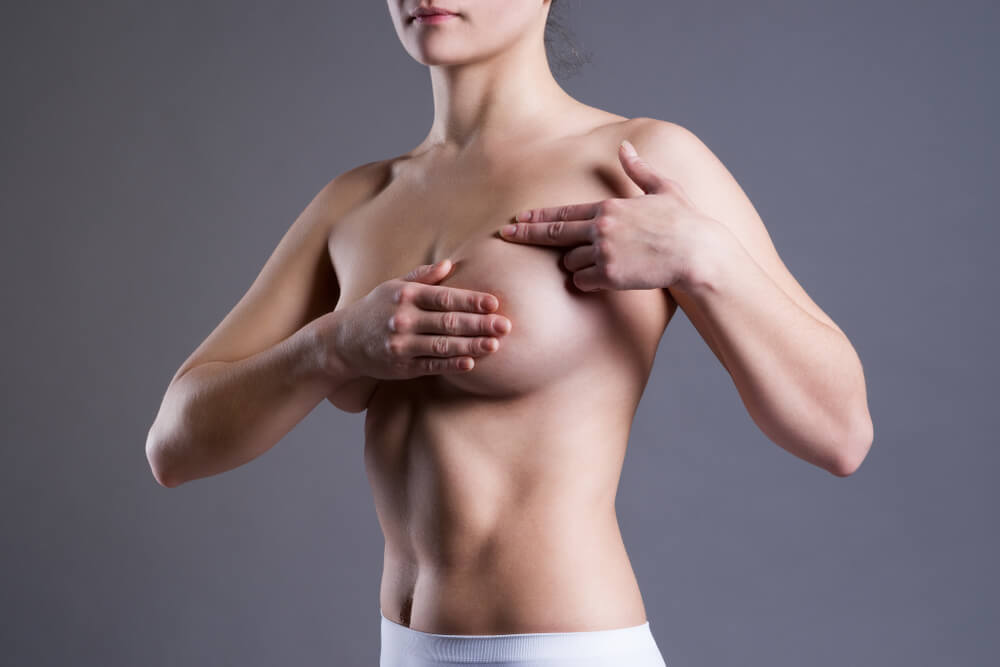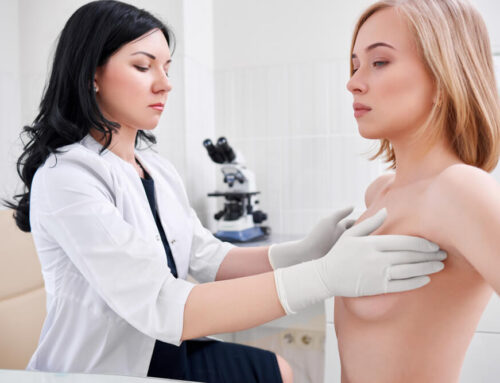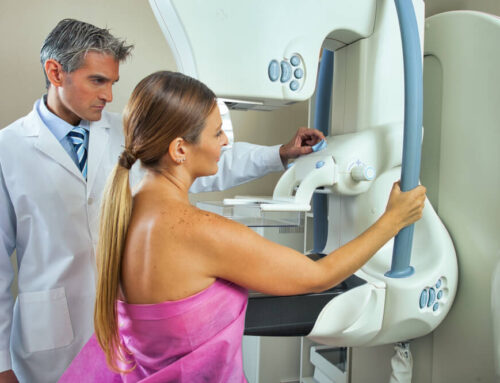When diagnosed with a rather high risk of potential breast cancer growth, some women decide to have both of their breasts removed surgically. This particular procedure is known as bilateral prophylactic mastectomy or just preventative mastectomy. During this preventive breast cancer surgery, the doctor’s goal is to remove all of the breast tissue that could potentially allow for cancer to form and grow.
Just because you may be deemed at high risk of getting breast cancer, doesn’t mean you will undoubtedly get it one day; it only means that this is more likely to happen to you than to someone else who’s not high risk.
All surgical procedures have their pros and cons. The same goes for prophylactic mastectomy. This is why discussing your risk levels and other preventative measures with your doctor is crucial. You can always rely on professional services when it comes to breast cancer prevention in Miami, Florida, so don’t hesitate to report anything you may find unusual or suspicious.
What Is Prophylactic Mastectomy?
Removing one or both breasts before there is any sign of breast cancer is called a prophylactic mastectomy. There are different types of this surgical procedure. In case both breasts have to be removed as a preventative measure, the common term is prophylactic double mastectomy or bilateral prophylactic mastectomy.
Even though a preventative mastectomy can reduce the likelihood of getting cancer by as much as 90%, it is still possible to develop the disease despite the procedure. This is because even a preventive breast cancer surgery cannot completely eliminate the presence of breast tissue. The residual breast cells may still become malignant at some point.
Is Preventative Mastectomy Effective?
If you have a family history of breast cancer or carry the BRCA gene mutation, preventative double mastectomy could reduce your risk of breast cancer by as much as 100%. There are several factors at play, nevertheless, that influence the degree to which risks are mitigated. Non-high risk factors, such as discomfort, fibrocystic breast disease, pain, dense breast tissue, a fear of cancer, or a family history of breast cancer, were also the reason enough for some women to have a preventative mastectomy.
In about 10 percent of cases, women who have had their breasts removed still end up developing breast cancer. However, after undergoing preventive breast cancer surgery, patients in the vast majority of trials were not diagnosed with breast cancer. Many of them, however, wouldn’t have been deemed as high risk.
However, prophylactic double mastectomy still cannot eliminate all breast tissue. Therefore, some doctors think that preventive double mastectomy is not a good option, even for high-risk women. Women with a BRCA mutation or premenopausal status who develop endocrine receptor-negative breast tumors are the only groups reported to have a potential survival advantage after undergoing preventative mastectomy.

When Should Bilateral Prophylactic Mastectomy Be Considered?
Preventative double mastectomy should only be considered for women who are significantly at risk of developing breast cancer. That said, at least one of the following conditions warrants the procedure:
- A considerable number of past breast cancer cases in medical family history
- Past breast cancer affecting one breast and threatening to spread to the other
- Family history of breast cancer together with past lobular carcinoma in situ (LCIS)
- Going through chest radiation before 30 years of age
- BRCA (or some other) gene mutations
It’s recommended to first seek out suitable genetic and psychological counseling to properly assess the pros and cons as well as the potential psychosocial consequences of a prophylactic double mastectomy.
Life after such a procedure can be stressful and challenging for some patients. Proper counseling and knowing all your options are imperative for making a complete physical and mental recovery.
Different Surgical Options Are Available
New surgical options have emerged for women who decide to go with preventive mastectomy.
Skin-sparing procedures allow for breast tissue removal by excising it from just under the skin, all the way to the chest wall. The bulk of the potentially cancerous glands is removed with this method. Due to a concentration of duct tissue in the nipple, the nipple and the areola are surgically removed. The breast skin remains intact.
It’s possible to achieve excellent outcomes after skin-sparing mastectomy and rapid breast reconstruction.

Other Potential Risk-Reducing Options
In case you’re not interested in surgery and bilateral prophylactic mastectomy as such, there are still other cancer preventative measures that may be worth a try. Keep in mind that early detection can also make a huge difference in terms of the eventual outlook.
The chance of developing breast cancer can be lowered by taking medications that either counteract estrogen’s effects or diminish the body’s synthesis of estrogen. Although these meds can cut your chance of developing invasive breast cancer in half, they are not without potential side effects.
Every year, your doctor may recommend imaging tests like mammograms and MRIs to check for any changes. In addition to self-examination, make sure to schedule a clinical breast exam once a year.
It’s possible to minimize the risk of both ovarian and breast cancer by undergoing the ovaries removal surgery or prophylactic oophorectomy. Prophylactic oophorectomy can lower breast cancer risk by as much as 50 percent in premenopausal women under the age of 50.
Reducing the likelihood of developing breast cancer may be as simple as maintaining a healthy weight, engaging in regular exercise, cutting back on alcohol, and forgoing hormone therapy after menopause.
To Conclude
Talk to your doctor if you’re worried about getting breast cancer. Based on your family history, age, and other criteria, they can provide you with a risk assessment. Medications exist that can help reduce the likelihood of developing cancer, and you should explore them if you are at an elevated risk. You may be advised by your doctor to do additional screening for breast cancer, such as beginning screening when younger or undergoing additional tests aside from mammography.
Additional measures that may be taken by any woman to reduce her chance of developing breast cancer include:
- Maintaining a healthy body weight.
- Engaging in regular physical activity.
- Cutting back on or eliminating alcohol consumption.
There are both innate and avoidable risk factors for developing breast cancer. The likelihood of developing breast cancer due to either type is increased. At Breast Care Center Miami, we’ll help you develop a plan to lower the cancer risk that’s tailored to you. Hormone therapy and prophylactic bilateral mastectomy are two options for patients at very high risk who want to reduce their cancer risks. The key to effective treatment of breast illnesses is prevention and early detection. Our team of professionals is available to provide advice and support. Even if you’re just interested in more information about this matter, don’t hesitate to reach out to us, as we are always happy to help and build upon the knowledge women may need to stay healthy.






